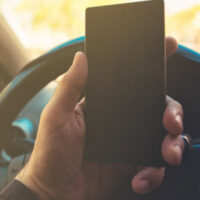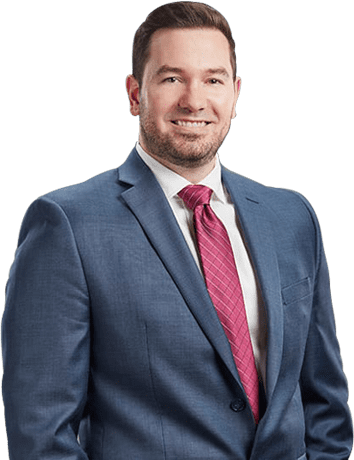Legal Options After a Device Distraction Car Crash

Most small device use while driving, such as touchscreen control pad use, is legal. But many legal activities are unsafe. It’s legal, yet unsafe, to smoke cigarettes, eat fat-laden foods, own guns, and the list goes on. We can add using a device, any device, while driving to that list. According to several studies, using a hands-free device while driving, such as “Hey Siri” personal AI assistants, is more dangerous than driving drunk. Device use, hands-free or hand-held, creates attention blindness, a condition as hazardous as it sounds.
People who use devices while driving are, quite frankly, selfish. They know device use while driving is hazardous. Yet they do so anyway, thereby intentionally putting other people at risk. Therefore, an Oceanside personal injury lawyer can usually obtain substantial compensation in these cases. This compensation usually includes money for economic losses, such as medical bills, and noneconomic losses, such as pain and suffering. Additional punitive damages may be available as well, in a few extreme cases.
Negligence Per Se
California, like many other states, has a hands-free law. It’s generally illegal to hold or use a cell phone or other device while driving or operating a motor vehicle. The law targets cell phones, as opposed to other kinds of distracted driving, because hand-held phones combine all three kinds of driver distraction, which are:
- Cognitive (not concentrating on driving),
- Manual (taking at least one hand off the wheel), and
- Visual (not watching the road).
If a tortfeasor (negligent driver) violates a safety law and causes injury, an Oceanside personal injury lawyer can obtain compensation as a matter of law.
However, this doctrine only applies if emergency responders issue citations. They often don’t cite drivers, even in fatal accident cases, mostly for liability reasons. Most police officers and other first responders believe that car crashes are civil matters that don’t merit police involvement.
Frequently, emergency responders list the cause of such accidents as driver distraction. Unfortunately for victims, an official cause designation isn’t sufficient for the negligence per se shortcut to apply.
However, just because an activity is legal doesn’t mean it’s safe, as outlined above. For example, a tortfeasor could be using a phone for “emergency” purposes or swiping away a call. These activities are technically legal but nonetheless distracting. So, the ordinary negligence doctrine could apply. More on that below.
In some courts, negligence per se is a presumption of negligence, as opposed to proof of negligence. In these cases, an Oceanside personal injury lawyer must introduce additional evidence to win the case and obtain maximum compensation.
Ordinary Negligence
Hands-free device use, while technically legal, is far from risk free. If that risk constituted negligence, and it probably does, compensation is available, no matter what the vehicle code says. In California, a negligence case has four basic prongs:
- Duty (generally a duty of reasonable care to drive defensively),
- Breach (failure to drive defensively),
- Cause (the tortfeasor’s behavior, not the weather or another unrelated factor, substantially cause the crash), and
- Damages (normally a personal injury and/or property damage).
Several negligence defenses, such as comparative fault, are available. For example, if the tortfeasor was using a hands-free device and the victim was speeding, the court might reduce the victim’s damages in accordance with his/her percentage of fault.
Count on a Thorough San Diego County Lawyer
Injury victims are entitled to substantial compensation. For a confidential consultation with an experienced personal injury lawyer in Oceanside, contact the Pursley Law Firm. The sooner you reach out to us, the sooner we start working for you.

